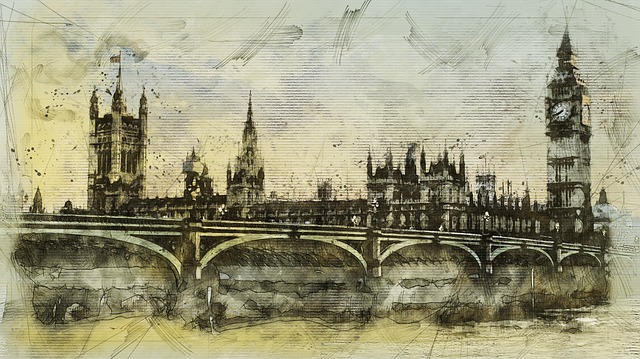Cultural patterns of Europe

Efforts have been made to characterize various “ethnic types” among European peoples, however these are just selectively defined physical attributes that, at best, have just a certain detailed and statistical value. On the other hand, territorial distinctions in language and various other cultural elements are well known, and also these have actually been of immense social and political import in Europe. These differences position Europe in sharp contrast to such relatively lately colonized lands as the United States, Canada, and Australia. Provided the agelong habitation of its land and also the marginal wheelchair of the peasantry– long the mass of the population– Europe came to be the residence of several linguistic as well as national “core locations,” separated by mountains, forests, and also marshlands. Its several states, some long-established, introduced one more dissentious aspect that was increased by modern-day nationalistic views.
Efforts to associate teams of states for certain defense and profession features, especially after The second world war, developed larger unitary associations yet with basic east-west distinctions. Thus, there appeared 2 clear-cut, opposing devices– one centred on the Soviet Union and also the other on the countries of western Europe– in addition to a number of reasonably neutral states (Ireland, Sweden, Austria, Switzerland, Finland, and also Yugoslavia). This pattern was subsequently modified in the late 1980s and very early 1990s with the dissolution of the Soviet bloc (consisting of the Soviet Union itself), the rapprochement in between east and west, and also the production and expansion of the European Union (EU).
There are some 160 culturally distinctive teams in Europe, including a variety of teams in the Caucasus region that have fondness with both Asia as well as Europe. Each of these huge teams exhibits 2 considerable functions. Initially, each is characterized by a level of self-recognition by its participants, although the basis for such collective identification differs from group to team. Second, each team– except the Jews and the Roma (Gypsies)– has a tendency to be concentrated as well as numerically dominant within a distinct territorial homeland.
For a bulk of teams the basis for cumulative identification is possession of an unique language or dialect. The Catalans as well as Galicians of Spain, as an example, have languages significantly different from the Castilian of most of Spaniards. On the other hand, some peoples might share an usual language yet set each other apart as a result of distinctions in religious beliefs. In the Balkan region, as an example, the Eastern Orthodox Serbs, Muslim Bosnians (Bosniaks), and also Roman Catholic Croats all speak a language that linguists refer to as Serbo-Croatian; however, each team generally prefers to assign its language as Serbian, Bosnian, or Croatian. Some teams might share a common language but remain separate from each various other as a result of varying historical courses. Hence, the Walloons of southerly Belgium and the Jurassiens of the Jura in Switzerland both speak French, yet they see themselves as quite various from the French due to the fact that their teams have actually established virtually totally outside the boundaries of France. Even when existing side-by-side within the very same state, some groups may have comparable languages and also typical religions yet remain distinctive from each other as a result of separate past organizations. Throughout Czechoslovakia’s 74 years as a single state, the historical links of Slovaks with the Hungarian kingdom and also Czechs with the Austrian Empire played a role in keeping the two groups apart; the country was divided into 2 different states, the Czech Republic as well as Slovakia, in 1993.
The primary European cultural groups have actually been associated by ethnographers into some 21 culture areas. The collections are based mostly on similarities of language and also territorial distance. Although individuals within a key group generally know their cultural bonds, the different teams within an ethnographically figured out society location do not always share any kind of self-recognition of their affinities to one another. This is particularly true in the Balkan culture location. Peoples in the Scandinavian as well as German (German-language) society locations, by comparison, are a lot more aware of belonging to wider local people.

